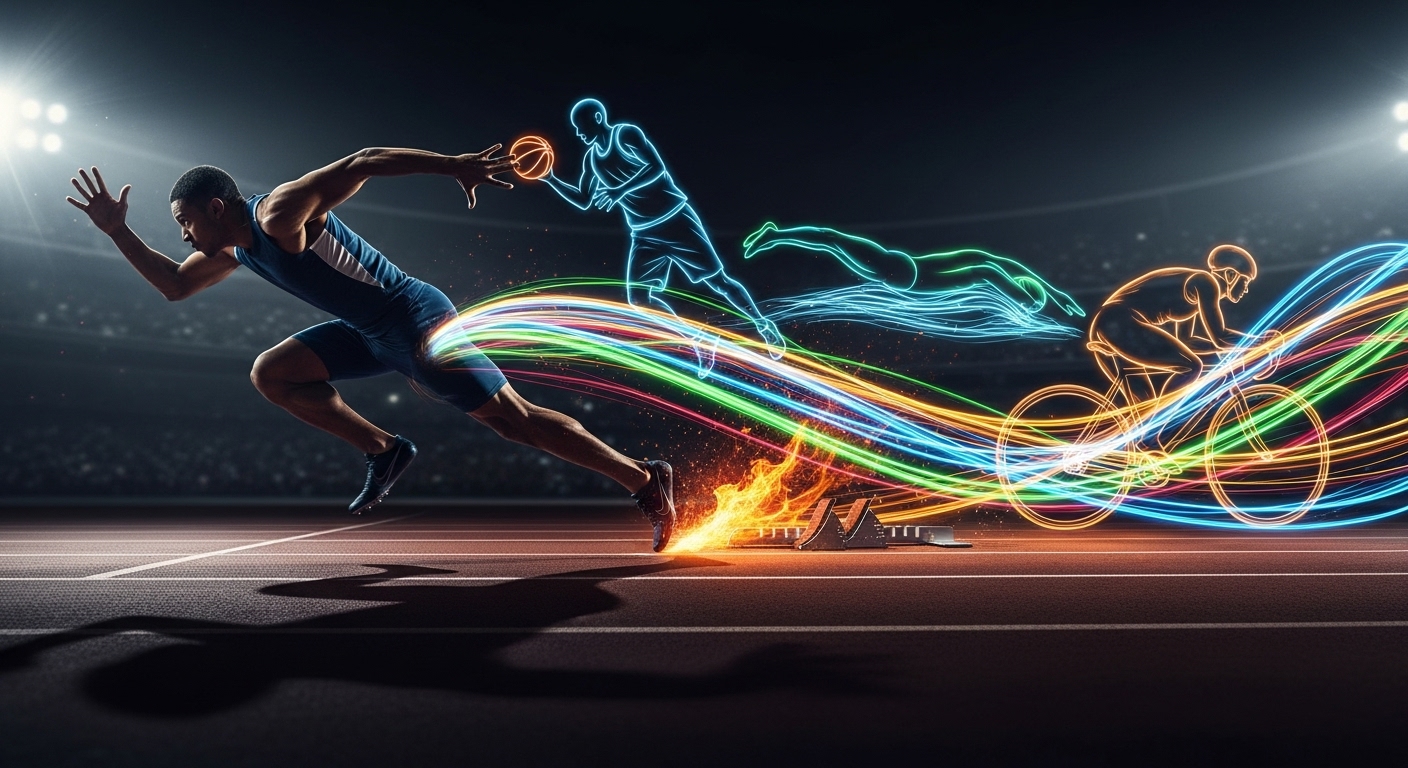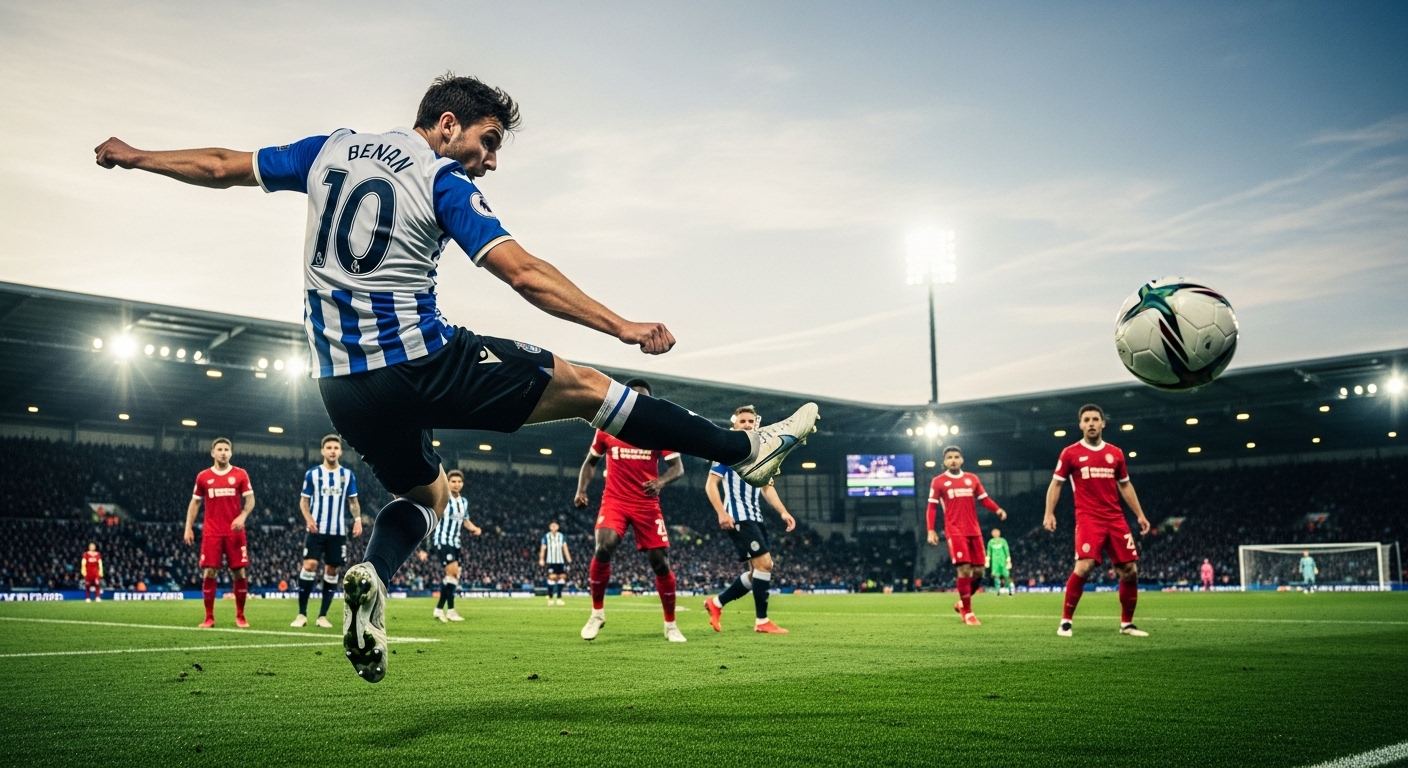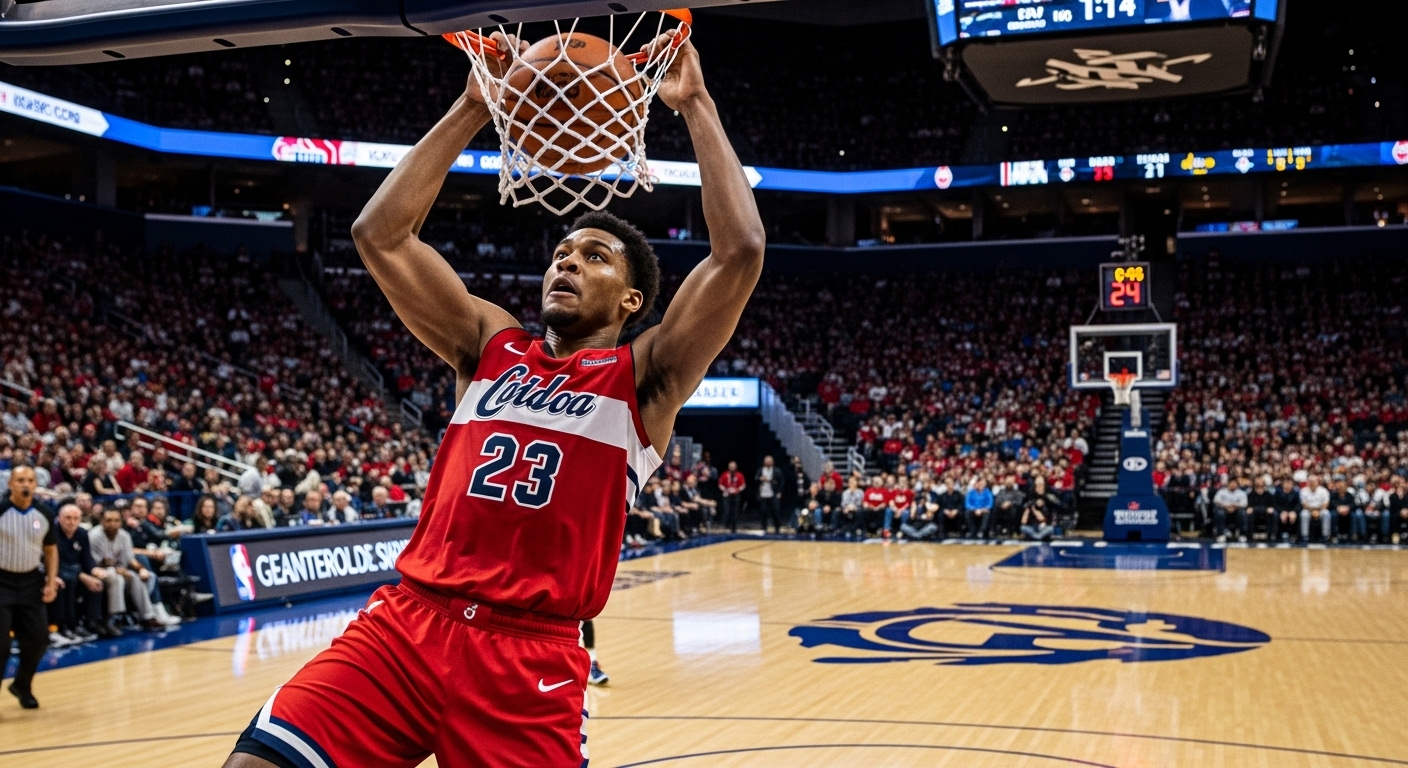Introduction: The Universal Language of Sports
Sports have been part of human civilization since the dawn of time. From the ancient arenas of Greece to the grand stadiums of today, the spirit of competition, teamwork, and physical excellence has remained a defining feature of human society. Whether it’s a child kicking a ball on a dusty field or elite athletes performing on the global stage, sports transcend boundaries of culture, language, and nationality. They unify, inspire, and often heal communities.
This article explores the fascinating world of sports — its history, cultural impact, psychological power, and how it continues to evolve with science and technology. Sports are far more than games; they are mirrors of human ambition and reflections of our shared journey.
The Ancient Origins of Sports
The earliest records of sports date back thousands of years. Ancient civilizations engaged in physical contests not only for recreation but also as preparation for survival and warfare. In Egypt, wrestling and archery were practiced by nobles and soldiers alike. The Greeks formalized sports into organized competitions, most famously the Olympic Games, which began around 776 BCE. These events were more than athletic exhibitions — they were religious and cultural celebrations, symbolizing peace among warring city-states.
In China, early forms of gymnastics and martial arts evolved as both spiritual and physical practices. The ancient Mesoamerican ballgame, played by the Maya and Aztecs, held religious significance and often symbolized the struggle between life and death. These early sports show that human beings have always been driven by an instinct to test their limits and find meaning through movement.
The Rise of Modern Sports
The modern concept of sports as organized, codified competitions began in the 19th century. Britain played a central role in shaping sports such as football (soccer), cricket, rugby, tennis, and boxing. The Industrial Revolution gave rise to leisure time and structured recreation, leading to the formation of clubs, leagues, and governing bodies.
As colonial empires expanded, they carried their sports to other continents. What began as a pastime for the elite soon spread to the working class and across borders. Football became a global phenomenon, cricket found a passionate following in South Asia, and tennis became a symbol of grace and endurance.
The rebirth of the Olympic Games in 1896 marked a turning point. Sports became not only a pastime but also a platform for international unity and competition. With every passing decade, sports evolved into a powerful institution that reflected broader social and political trends.
Sports as a Reflection of Society
Sports often act as a mirror to the world’s social, political, and cultural climate. Throughout history, the playing field has been a battleground for equality, identity, and freedom.
In the mid-20th century, athletes like Jackie Robinson broke racial barriers in American baseball, while Muhammad Ali became an icon of resistance and pride. The 1968 Mexico City Olympics saw athletes raise their fists in the Black Power salute, an act that resonated globally as a call for justice.
In more recent times, sports continue to lead conversations around gender equality and inclusion. The rise of women’s sports — from football to cricket to mixed martial arts — demonstrates how the playing field can challenge stereotypes and redefine what strength looks like.
Sports are no longer confined to the stadium; they influence politics, inspire social movements, and provide a stage for change.
The Psychological Power of Sports
Beyond physical prowess, sports are deeply psychological. They test endurance, focus, confidence, and emotional resilience. Every athlete, whether amateur or professional, knows the mental battle that accompanies every game or race.
Sports psychologists have long studied the “zone” — that heightened state of concentration where everything else fades away and only the game exists. It’s a delicate balance of motivation, mindfulness, and muscle memory.
On a broader scale, sports also shape community psychology. Victories can lift the spirit of an entire nation, while defeats can lead to introspection and unity. When a small country wins a global title, it often becomes a symbol of national pride. Sports give people heroes, and heroes give people hope.
For individuals, participating in sports teaches discipline, teamwork, and patience. It fosters self-confidence, reduces stress, and builds resilience. The mental benefits of sports are now as celebrated as the physical ones.
The Role of Technology in Modern Sports
Technology has revolutionized every aspect of modern sports. From training methods to broadcasting and analytics, innovation continues to reshape how athletes perform and how fans engage.
Video analysis tools allow coaches to study every movement in detail. Wearable devices track heart rates, distances, and recovery times. Artificial intelligence is now used to predict injuries, analyze tactics, and even create personalized training plans.
Virtual reality and augmented reality are transforming how players train. A goalkeeper can practice against simulated penalty kicks; a cyclist can train on virtual routes that mimic real-world terrains.
Broadcasting has also evolved. Fans no longer rely on television alone — live streaming, mobile apps, and social media have made sports more accessible than ever. A single goal or home run can trend worldwide within seconds.
The intersection of sports and technology shows how human passion meets innovation — each pushing the other toward new frontiers.
The Business of Sports
Sports have become one of the world’s most lucrative industries. What once was a form of leisure is now a global economy involving billions of dollars, media contracts, endorsements, and merchandise. Major leagues and tournaments — such as the FIFA World Cup, the Olympics, the Super Bowl, and the NBA Finals — attract massive audiences and sponsorships.
Athletes are now brands in their own right. Figures like Serena Williams, Lionel Messi, and LeBron James transcend the sports world, influencing fashion, politics, and philanthropy. Sports franchises have turned into global enterprises, employing marketing strategies similar to multinational corporations.
Yet, this commercialization also raises questions. Does the business side overshadow the spirit of fair play? Are athletes treated as commodities rather than human beings? The balance between profit and passion remains a topic of debate in modern sports culture.
Sports and Globalization
In the 21st century, sports have become a cornerstone of globalization. A football match played in Madrid can be watched by millions in Africa, Asia, and the Americas at the same time. Teams are multinational, and fan bases span continents.
Global tournaments are now cultural festivals. The Olympics showcase not just athletic talent but also global cooperation and diplomacy. The FIFA World Cup brings together nations in celebration of shared passion, even when political tensions exist.
However, globalization also challenges local identities. The dominance of certain leagues and clubs often overshadows smaller, local teams. The uniformity of global sports culture can sometimes blur regional traditions. Yet, despite these challenges, sports continue to unite more than they divide.
The Role of Sports in Education
Sports play a vital role in education. Schools and universities around the world use sports not just to promote physical fitness but to build character and leadership.
Team sports teach cooperation, strategy, and mutual respect. Individual sports develop discipline and focus. Through sports, students learn how to handle success and failure — lessons that extend far beyond the classroom.
Many educational systems are now recognizing the importance of physical education in shaping well-rounded individuals. It’s not just about winning medals; it’s about building healthy, confident, and socially responsible citizens.
Women in Sports: Breaking Barriers
For centuries, women faced barriers in sports participation. But the modern era has seen a remarkable transformation. Female athletes now compete, lead, and inspire at the highest levels.
Figures like Billie Jean King, who fought for equal pay in tennis, or Simone Biles, whose excellence redefined gymnastics, have changed how the world views women in sports. In football, cricket, athletics, and many other disciplines, women continue to prove that skill, determination, and excellence know no gender.
However, equality in sports remains a work in progress. Pay gaps, limited media coverage, and outdated stereotypes still exist. The ongoing struggle for parity reminds us that sports are also a reflection of society’s broader journey toward equality.
Sports and National Identity
Few things stir national pride like sports. When athletes represent their countries on the global stage, they carry the hopes and dreams of millions.
From the Olympic Games to continental championships, national victories often unite citizens beyond political or social divides. Sports have even played diplomatic roles, such as the “ping-pong diplomacy” between the United States and China in the 1970s.
For emerging nations, success in sports can also be a statement of identity and capability. It’s a declaration to the world: “We belong.” This emotional connection makes sports more than entertainment — it makes them part of a country’s soul.
The Ethics of Sports: Fair Play and Integrity
At the heart of all sports lies the principle of fair play. Yet, the modern sports world faces ethical challenges. Doping scandals, match-fixing, and corruption have tarnished the purity of competition.
The pursuit of victory has sometimes led athletes and organizations down unethical paths. Governing bodies have introduced strict regulations, testing protocols, and transparency measures to preserve integrity.
Despite these challenges, most athletes still embody the true spirit of sportsmanship — competing with honor, respecting opponents, and accepting both victory and defeat with grace.
Fair play remains the foundation upon which all sports stand. Without it, the magic of competition loses its meaning.
The Healing Power of Sports
Sports are not only about competition; they are also about healing. Communities torn apart by conflict or disaster often find solace in shared games. After tragedies, sporting events have provided moments of unity and hope.
For individuals, physical activity is a proven remedy for mental health challenges such as anxiety and depression. The rhythm of running, the joy of teamwork, or the satisfaction of mastering a skill — all these experiences nurture emotional well-being.
Rehabilitation programs around the world use sports to help people recover from addiction, trauma, and disability. The Paralympic Games stand as a powerful symbol of resilience, showing the world that determination knows no limits.
Youth Sports: Building the Future
Youth sports are the heartbeat of the athletic world. They are where dreams begin and values are formed. Children who play sports learn lessons of teamwork, patience, humility, and confidence.
However, youth sports also face challenges — excessive pressure from parents, lack of funding, and unequal access. For sports to fulfill their potential, they must remain inclusive and fun. The goal is not just to produce champions but to build character.
When children learn to play fair, to lose gracefully, and to respect others, they carry those lessons for life. The playground, in many ways, is the first classroom of citizenship.
The Future of Sports
As we move deeper into the digital age, the future of sports looks both thrilling and unpredictable. E-sports — competitive video gaming — has emerged as a global phenomenon, attracting millions of viewers and professional players. The definition of “athlete” is evolving.
Sustainability is also becoming a priority. Mega-events are being redesigned to minimize environmental impact. Artificial intelligence, biotechnology, and virtual training are redefining what human performance means.
Yet, despite all these advancements, one thing remains constant: the human spirit. Technology may change how we play, but the desire to compete, to improve, and to belong will always drive us forward.
Conclusion: The Endless Game
Sports are more than games. They are stories — stories of triumph and failure, of unity and struggle, of dreams realized and hearts broken. From ancient fields to modern stadiums, from local playgrounds to Olympic arenas, sports continue to define what it means to be human.
They remind us that no matter who we are or where we come from, we share the same heartbeat — the thrill of competition, the joy of movement, and the pursuit of excellence.
In a world often divided by differences, sports remain one of the few forces powerful enough to unite us all. The game never truly ends; it simply evolves — and so do we.



